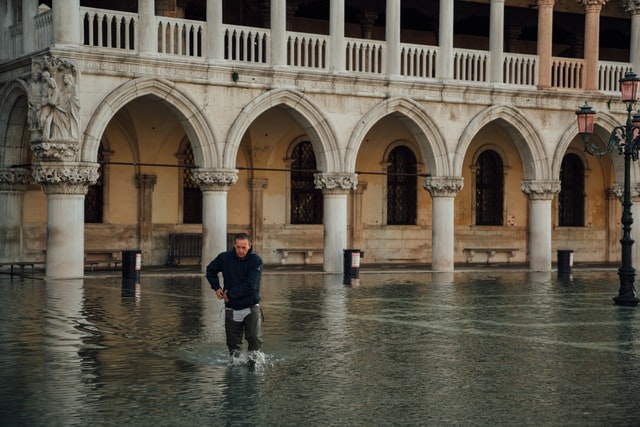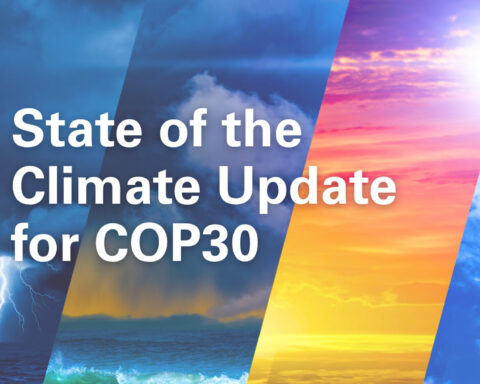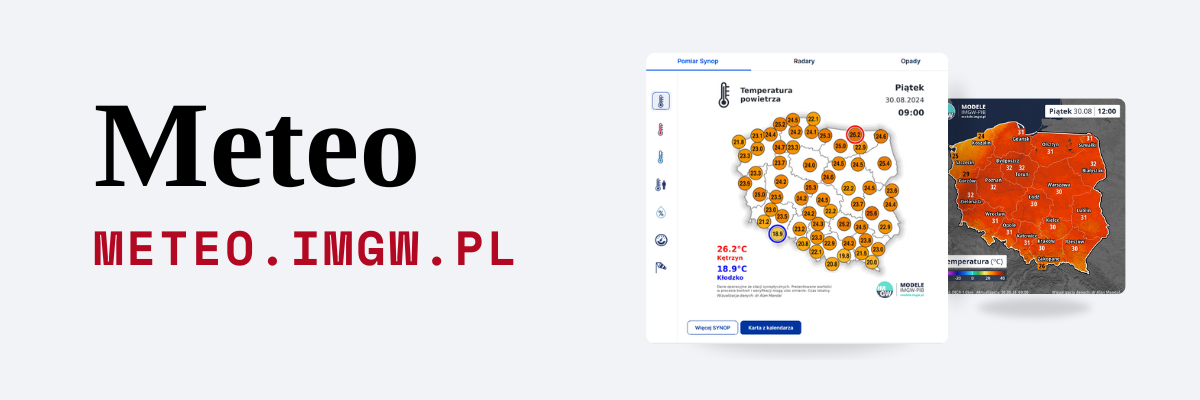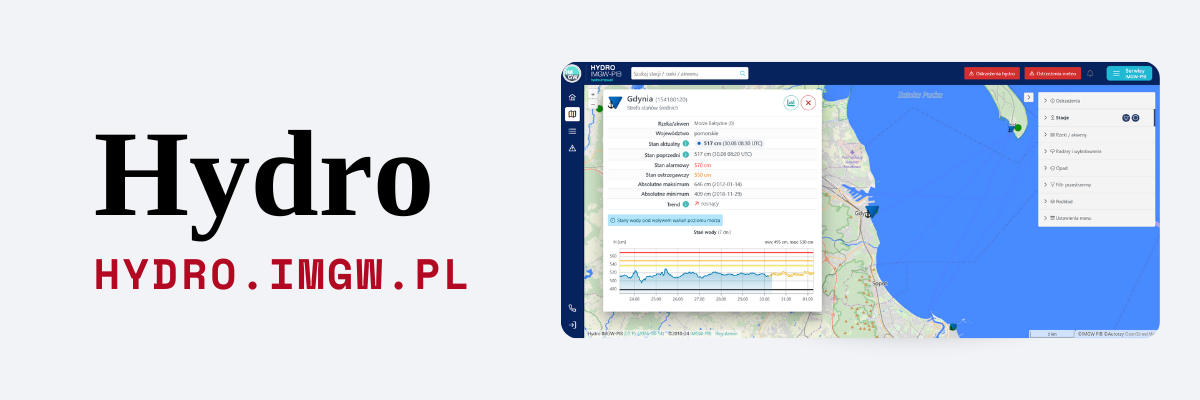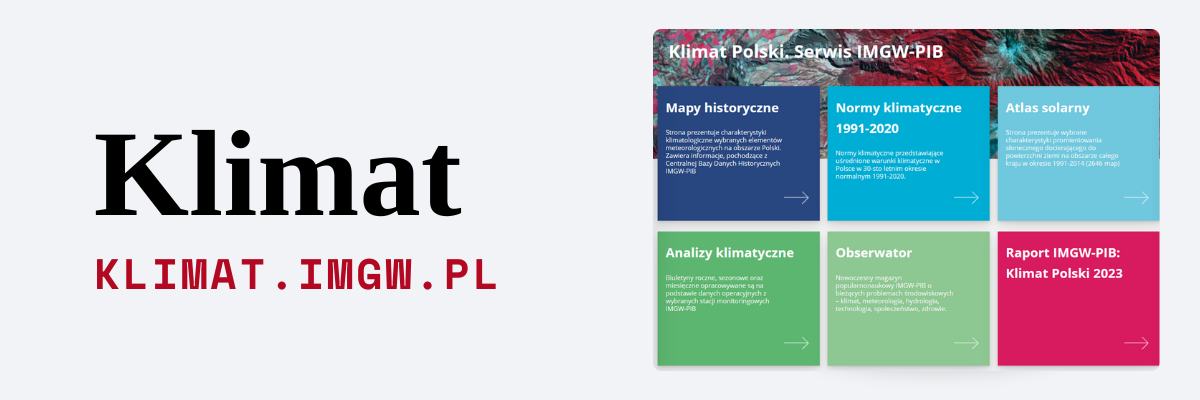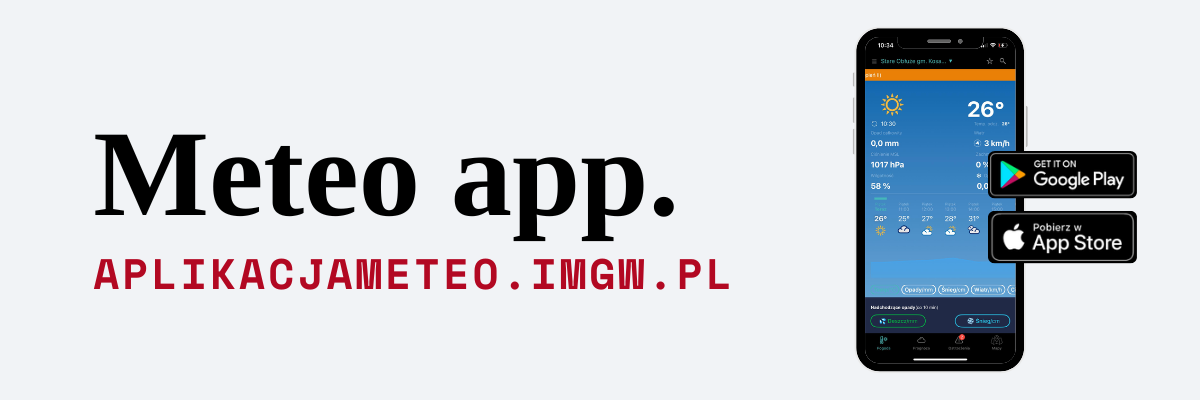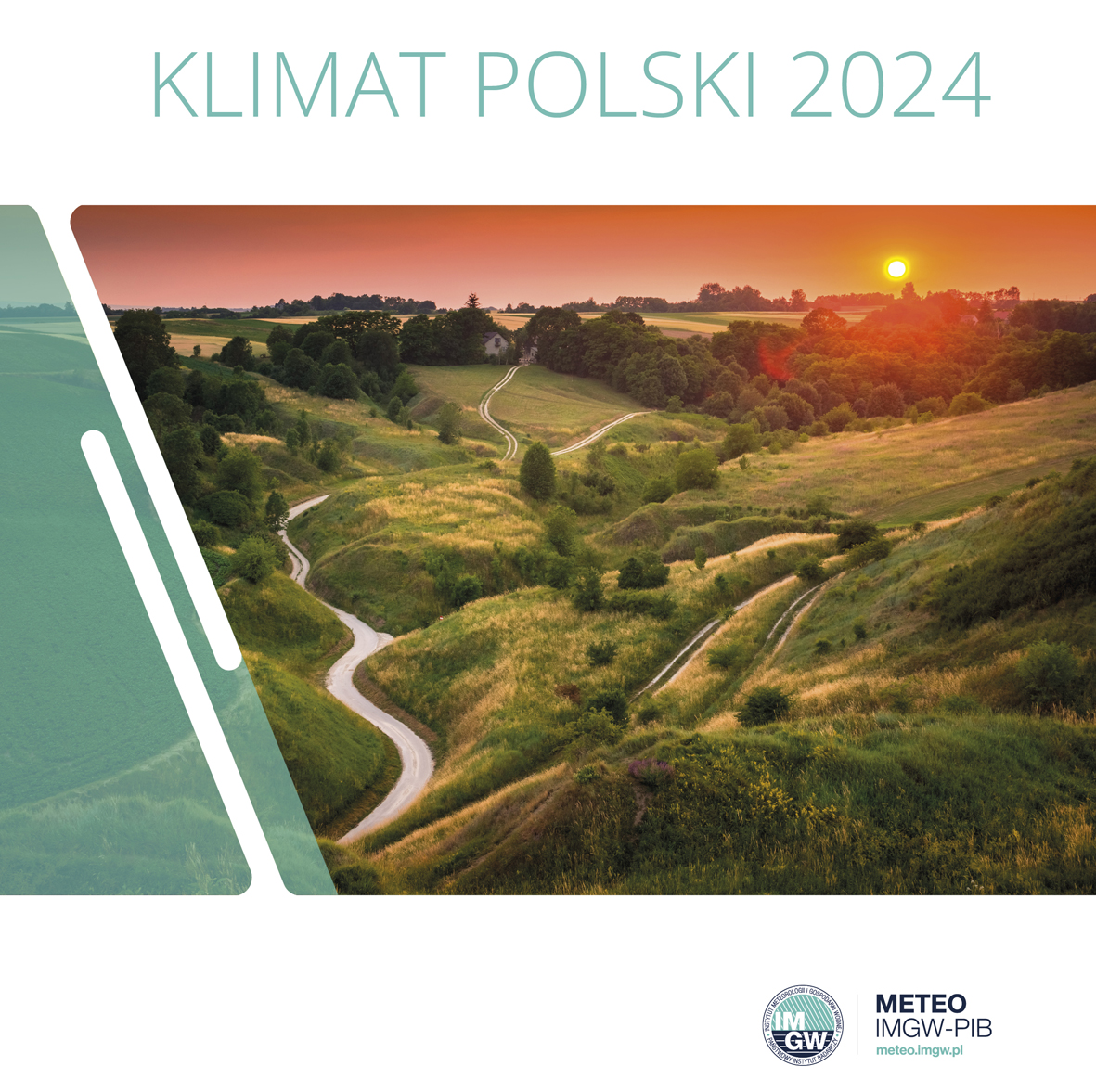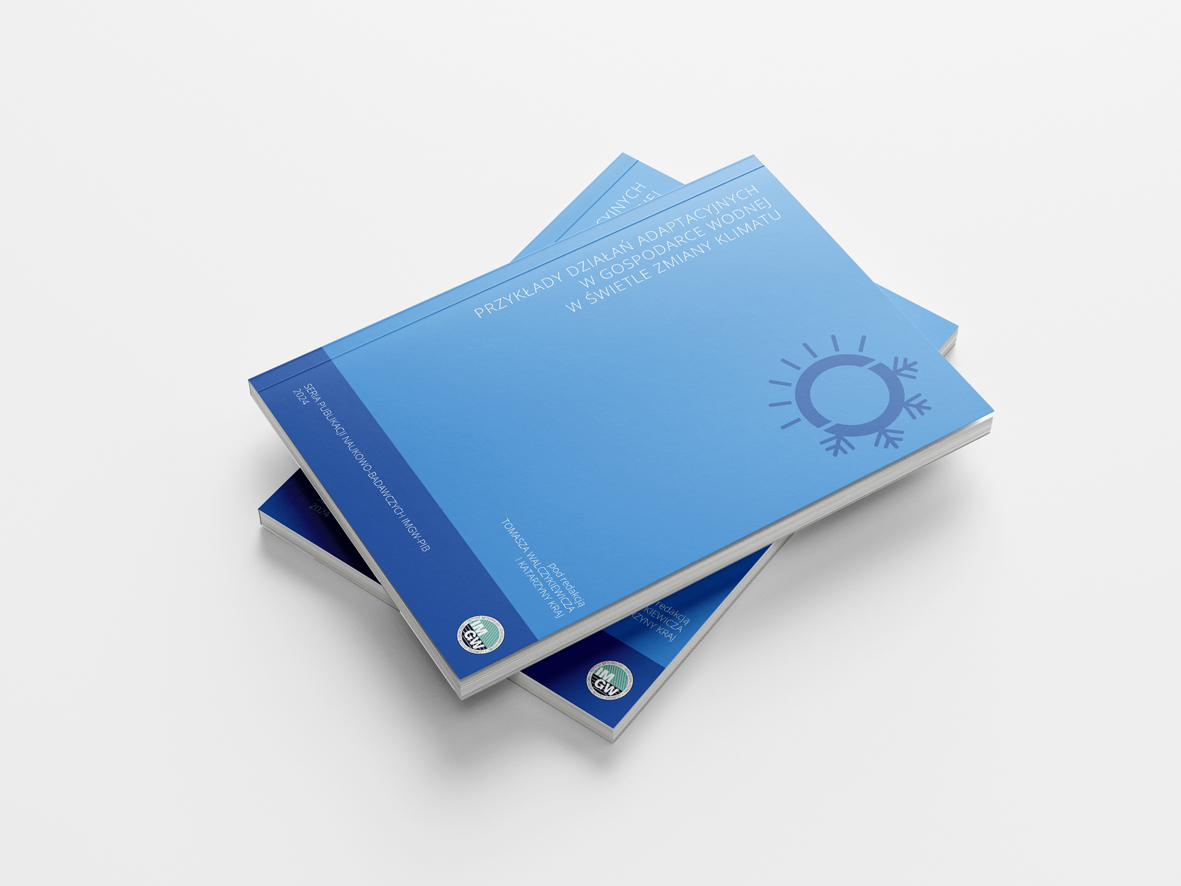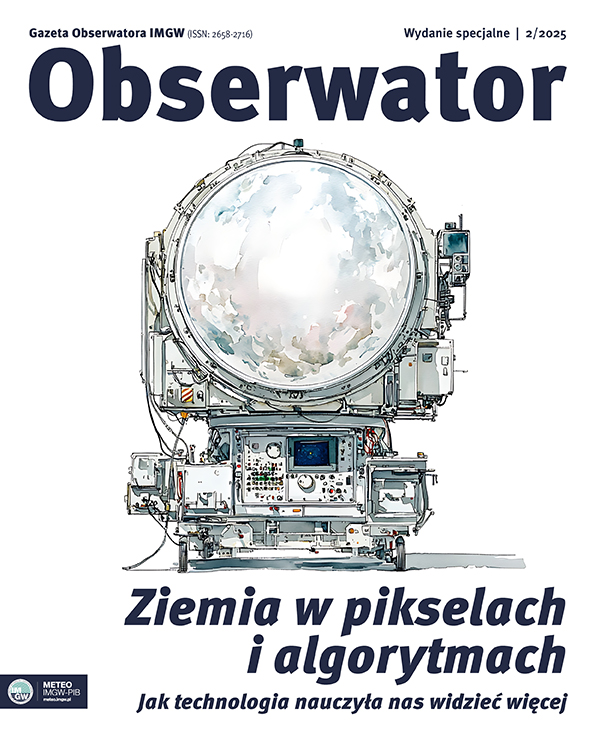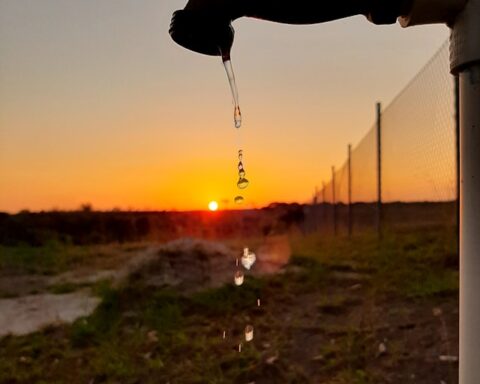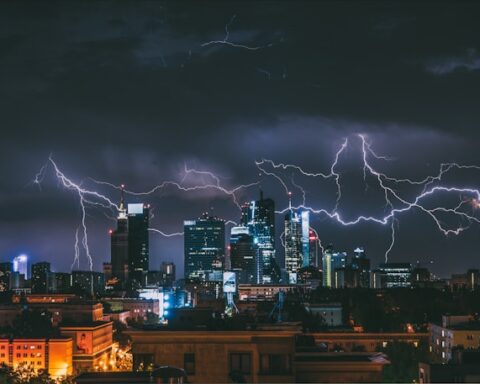Extreme hydrological phenomena affect the entire planet. They endanger the life and health of people, the environment, economic activity and cultural heritage. The more we know about them, the better we can prepare for them.
AUTHOR: Paweł Przygrodzki, IMGW-PIB
The climate is changing, the consequences of which we observe and experience directly. It is time for action – looking for prudent strategies and implementing the right solutions. Floods, especially short-term and intense rainfall floods, are a great danger. They are becoming more and more dangerous due to the progressive anthropopressure, which has led in recent years, among others, to a sharp increase in the share of sealed surfaces in cities. In only last year, „flash flood” events occurred in Poznań, Cracov, and Głogoczów, and were caused by intense, short rainstorms exceeding the previous rainfall standards and by „concreting”, which is conducive to flooding.
We need to develop the technology of warnings and forecasts
At IMGW (Institute of Meteorology and Water Management), we have been analyzing and forecasting the phenomena of drought, flood, and other hydrological dangers for many years. In 2020, we introduced hydrological drought warnings, and we are now creating a new warning system against „flash floods”, that will allow us to make a more accurate prediction of the place and time of their occurrence. Our actions are correlated with the ambitions and strategy of WMO (World Meteorological Organization), as presented in the document „Vision and strategy for Hydrology: Plan of Action” – be prepared for droughts, do not be surprised by floods. That is why we intensify our activities in these fields so much. We provide the latest products based on high-quality forecasts and analyzes. In addition, we provide warnings and medium- and long-range forecasts to the government administration, which are the basis for taking appropriate actions, including crisis management. To reach the widest possible audience, we also publish them in all communication channels, including social media.
The way the meteorological and hydrological services communicate with the public must change and adapt to how the world operates. All tools should be used to ensure that warnings can reach people on time, are reliable, checked, and understandable.
The main picture: Egor Gordeev | Unsplash
PAWEŁ PRZYGRODZKI. Director of the Hydrological Protection Centre of the IMGW-PIB. Ph.D. in Earth Sciences with a specialization in hydrology. An expert in the field of flood and drought hazards, hydrological, hydraulic, and hydrodynamic modeling, hydrological forecasting, and warning. Member of the State Council of Water Management. GIS expert, hydrological consultant at WMO. Author of numerous scientific publications and expertise in hydrology and water management.
